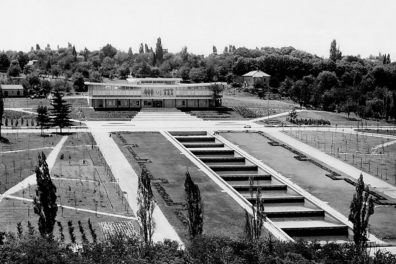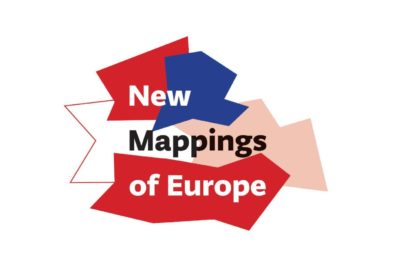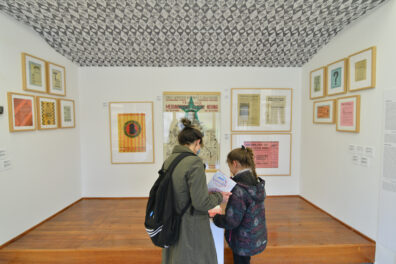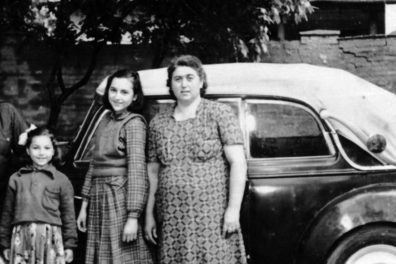International Migrants Day – 18th of December
Part of the exhibition: The Nineties: A Glossary of Migrations
On the occasion of the International Migrants Day, we are reminded of the exhibition „The Nineties: A Glossary of Migrations“ (December 5, 2019 – March 1, 2020), participated by more than 30 contemporary artists and artistic and activist groups.
On the Museum’s YouTube channel, you can watch a selection of video works and materials that were shown at the exhibition, as well as video documentation of certain accompanying programs, which have not been available online so far. For more information see the link:
//
Among the selected material, awaits you a video work by Vahida Ramujkić and Dionis Escorsa “Storm and Return Home II”, in which new relations are explored almost three decades later through parallel footage of war-torn areas in Kordun on the one hand, and conversations with returnees and government officials on the other. There is also the video work “Housing Agenda,” recording a public debate with activists, politicians and urban planners on the situation of Roma migrants, workers in Finland, created as part of an art intervention and research project conducted by Rena Redle and Vladan Jeremić in Helsinki, Finland in 2010–2011. You can also watch a documentary video with Women in Black, called “Return”, which was shot in 2019 by the artist Vesna Pavlović at the locations where the collective centers for accommodation of refugees in Mala Krsna, Mikulja and Pančevo used to be, as well as the documentary “Ineligible Citizens” by Željko Stanetić about the expulsion of Croatian citizens from Vojvodina. A video of one of the street scenes directed by Ana Milljanić titled “Wondering what your neighbor will say about it” is also available. It was performed in 1997 as part of the play “Listen, Little Man!” according to a book by Wilhelm Reich and produced by the Center for Cultural Decontamination. In addition, you can see fragments of the theater play “Holes or When We Were Not Aligned”, written by Ivana Momčilović, and directed by Laurent Wanson. The play is about the invisible – refugees, displaced persons, Roma and former military personnel, who performed in this play as actors of their own lives, while you can get acquainted with the process of creating this play through the TV show “Voice of Reason.” Finally, on this occasion, we will show a recording of the conference “Free Temporary Territory: Yesterday, Today, Tomorrow,” at which Sanja Horvatinčić, Martin van der Belen, Marie Pierre de Buisseret, Miloš Čvorović, Helena Klakočar, and Dragan Živadinov spoke together with Ivana Momčilović, who was also the program editor. The exhibitions were dedicated to the work of the “Migrative art collective” (later “EI-Migrative art”), when they were founded in the early 1990s by Yugoslav artists in exile, organizing the so-called impossible encounters of artists from the post-Yugoslav areas in different cities of Europe. Members of this collective also had the practice of burying works of art with the aim of excavating them when the war is over, and we can follow a kind of search for them through a short film called “Free Temporary Territories” (In Search of Buried Works of Art) produced for the exhibition, made in cooperation between Ivana Momčilović and the Academic Film Center of the Students’ City Cultural Center.
- Day: 18.12-19.12.2020

The Origins: The Background for Understanding the Museum of Yugoslavia
Creation of a European type of museum was affected by a number of practices and concepts of collecting, storing and usage of items.

New Mappings of Europe

Museum Laboratory
Starting from the Museum collection as the main source for researching social phenomena and historical moments important for understanding the experience of life in Yugoslavia, the exhibition examines the Yugoslav heritage and the institution of the Museum

